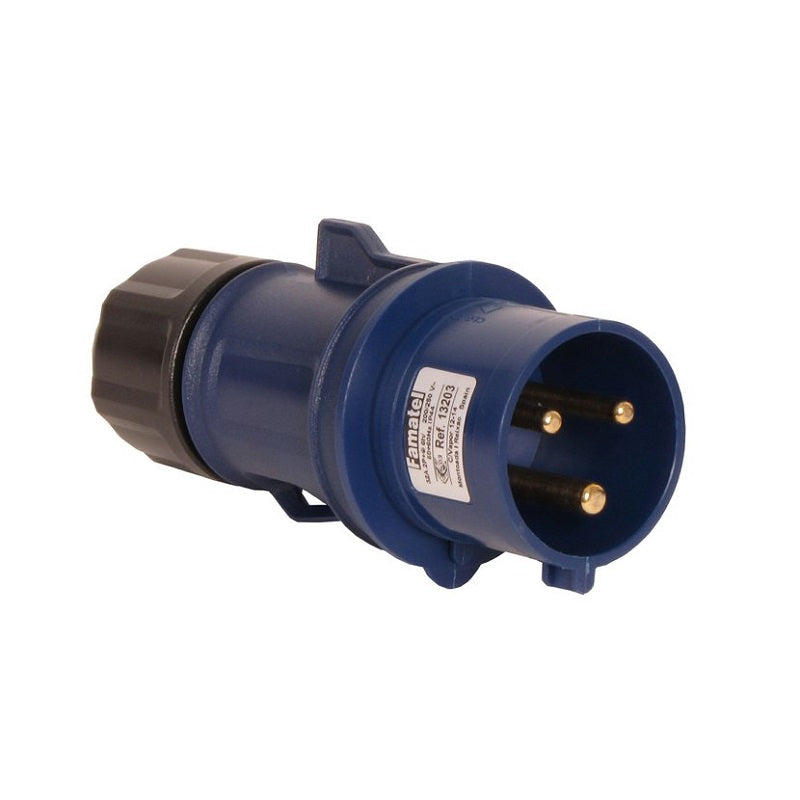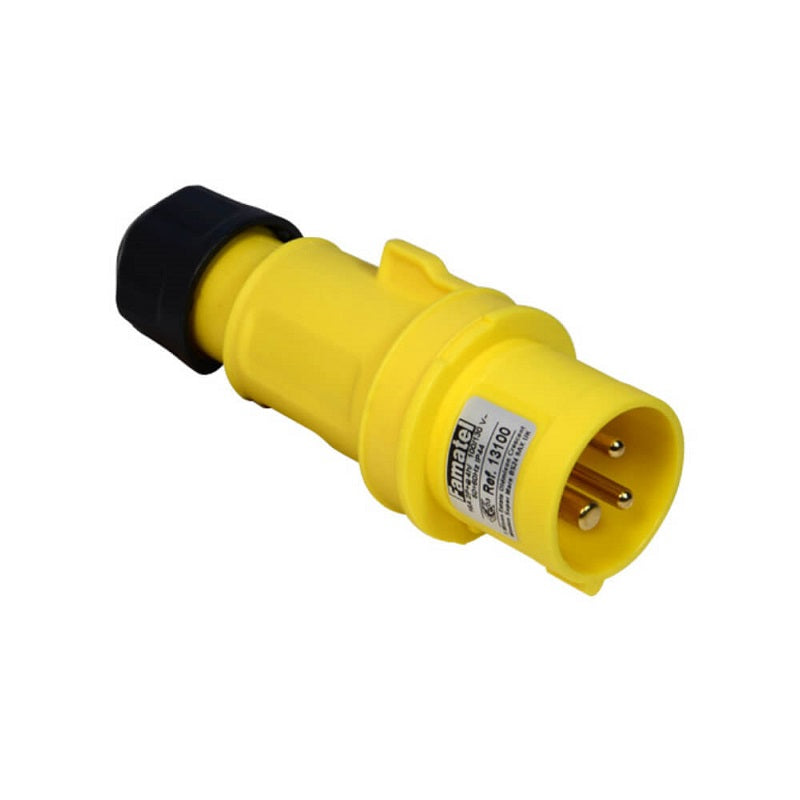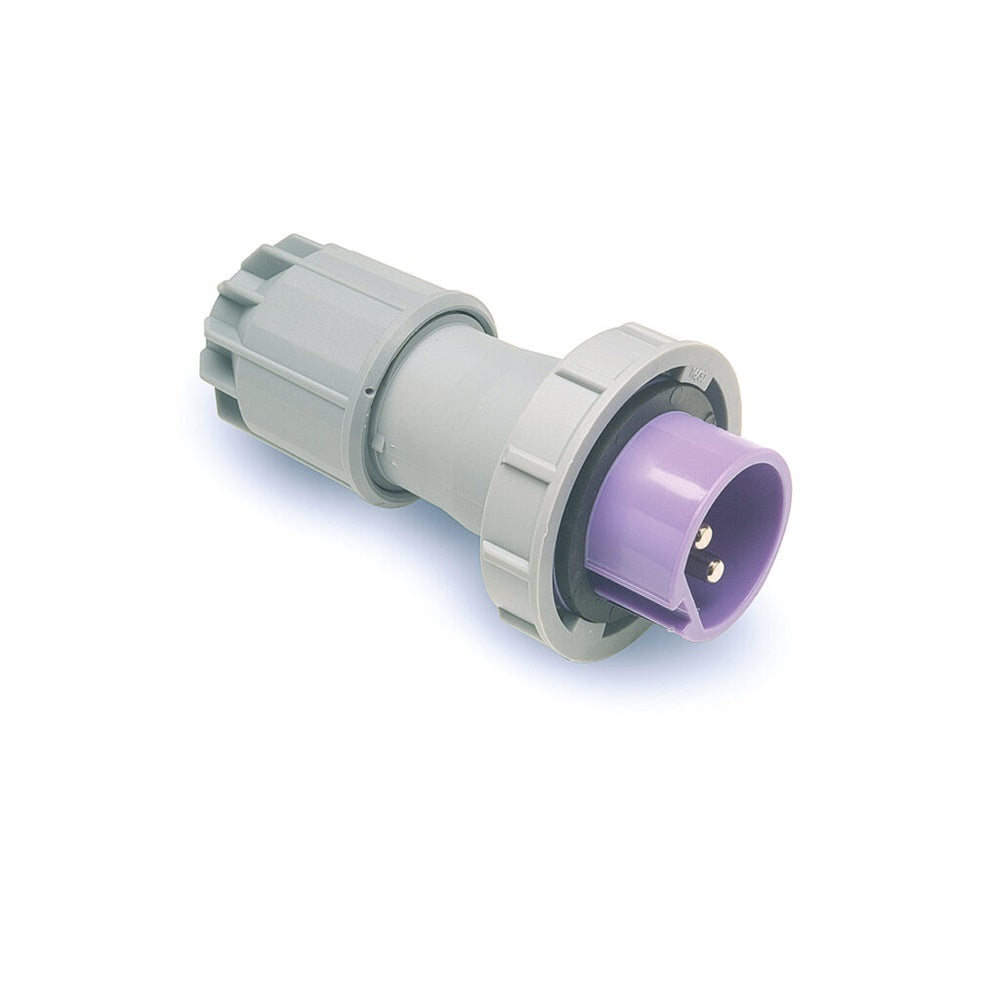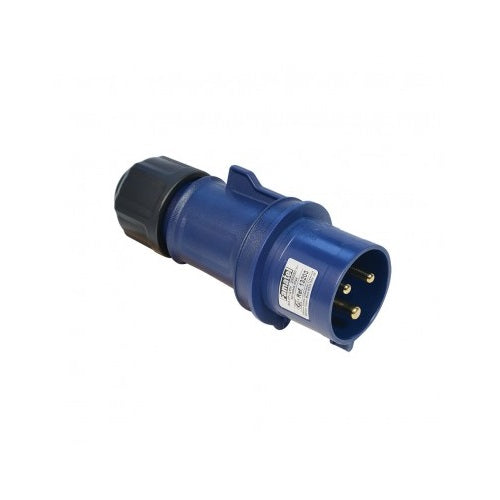When it comes to electrical installations, safety and efficiency are paramount. Whether you’re a professional electrician or a DIY enthusiast, following best practices can help prevent accidents and ensure your systems operate smoothly. Here are some top tips for achieving safe and efficient electrical installations.
1. Plan and Prepare
Assess the Scope: Before starting any installation, clearly define the project scope. Identify all the components and materials you’ll need, and create a detailed plan.
Obtain Permits: Ensure you have the necessary permits and approvals from local authorities. Compliance with regulations is crucial for safety and legal reasons.
Read Manufacturer Instructions: Carefully read and follow the manufacturer’s instructions for all electrical components. Each product may have specific installation requirements.
2. Use the Right Tools and Materials
Quality Tools: Invest in high-quality tools designed for electrical work. Using the right tools reduces the risk of injury and ensures precise installations.
Correct Materials: Use materials that meet the standards for your specific application. This includes wires, connectors, switches, and other components.
Check Ratings: Ensure all components are appropriately rated for the voltage and current they will carry. Using under-rated components can lead to overheating and failure.
3. Follow Safety Protocols
Turn Off Power: Always turn off the power at the main circuit breaker before starting any electrical work. Use a voltage tester to confirm the power is off.
Personal Protective Equipment (PPE): Wear appropriate PPE, such as insulated gloves, safety glasses, and protective clothing, to minimize the risk of injury.
Use GFCI Outlets: Install Ground Fault Circuit Interrupter (GFCI) outlets in areas prone to moisture, such as kitchens, bathrooms, and outdoor locations, to prevent electric shocks.
4. Ensure Proper Wiring
Correct Wire Size: Use the correct wire gauge for the current load to prevent overheating. Refer to wiring charts or guidelines for the appropriate sizes.
Secure Connections: Make sure all wire connections are tight and secure. Loose connections can cause arcing, leading to potential fire hazards.
Avoid Overloading Circuits: Distribute the electrical load evenly across circuits to prevent overloading. Use additional circuits if necessary to accommodate high-demand devices.
5. Label and Document
Label Wires and Breakers: Clearly label all wires and circuit breakers. This makes future maintenance and troubleshooting easier and safer.
Keep Records: Document the installation process, including circuit diagrams and component specifications. Maintain these records for future reference.
6. Test and Inspect
Initial Testing: After completing the installation, perform thorough testing to ensure everything works correctly. Use a multimeter to check for proper voltage and continuity.
Inspect for Compliance: Inspect the installation to ensure it complies with local codes and standards. This may involve checking grounding, insulation, and overall workmanship.
Schedule Professional Inspections: For larger or more complex installations, consider having a licensed electrician perform an inspection to verify safety and compliance.
7. Regular Maintenance
Periodic Checks: Schedule regular inspections and maintenance of your electrical system. Look for signs of wear, corrosion, or damage, and address any issues promptly.
Update Components: Replace outdated or worn components with newer, more efficient models. This can improve performance and reduce the risk of failure.
Stay Informed: Keep up-to-date with the latest safety standards and best practices in electrical work. Continuous learning helps you stay safe and efficient in your installations.
By following these tips, you can ensure that your electrical installations are safe, efficient, and compliant with regulations. Whether working on a small home project or a large commercial installation, these best practices will help you achieve reliable and long-lasting results.







